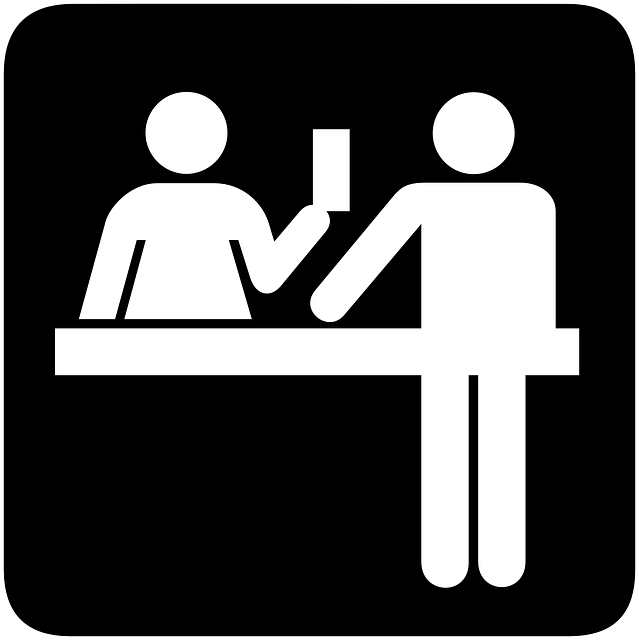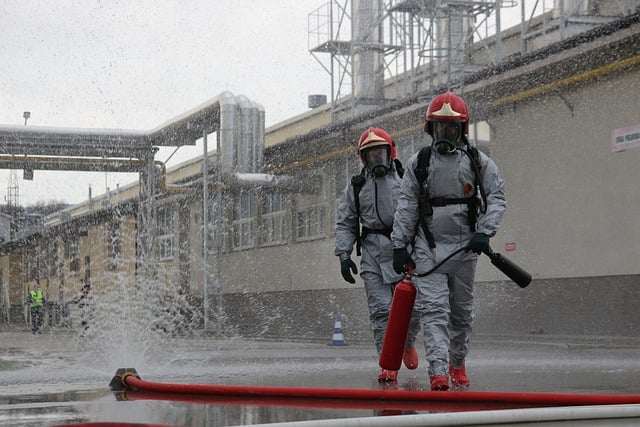Selling a fire-damaged property in California involves navigating complex post-fire valuation processes. Homeowners and professionals rely on detailed assessments considering structural damage, community impact, and surrounding landscapes. These evaluations utilize comparables, replacement cost estimates, and deferred maintenance calculations to determine accurate appraisals. After a fire, insurance companies assess loss through inspections, influencing compensation for policyholders' decisions to rebuild or sell. Selling such properties requires professional inspections and marketing focused on renovation potential and neighborhood advantages, with SEO keywords like "sell fire damaged property California."
After a devastating fire, accurately valuing remaining properties becomes crucial for owners looking to rebuild or move on. In California, post-fire property valuation is a complex process, influenced by factors like damage extent, insurance policies, and market conditions. This guide navigates the key aspects of selling fire-damaged property in CA, from understanding assessment methods to leveraging insurance benefits and implementing effective sales strategies.
- Understanding Post-Fire Property Valuation in California
- Assessing Fire Damage: What to Look For
- The Role of Insurance in Property Valuation After a Fire
- Strategies for Selling Your Fire-Damaged Property in CA
Understanding Post-Fire Property Valuation in California
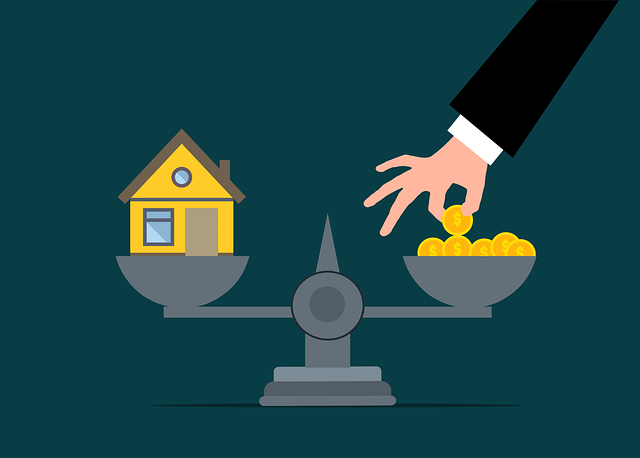
In California, post-fire property valuation takes on added complexity due to the unique challenges posed by wildfires. After a fire, homeowners and real estate professionals must navigate a delicate process to determine the value of damaged or destroyed properties. This involves meticulous assessments that consider not just the physical structure but also the broader context of the fire’s impact on the community and surrounding landscapes.
Selling a fire-damaged property in California requires a comprehensive understanding of these valuation methods. Professionals utilize a mix of comparables, replacement cost estimates, and deferred maintenance calculations to provide accurate appraisals. This is crucial for both homeowners looking to recover their losses and insurance providers aiming to fairly compensate policyholders while managing risk and claims.
Assessing Fire Damage: What to Look For

When assessing fire damage, it’s crucial to inspect the property thoroughly to determine its current condition and potential repair needs. Start by evaluating structural integrity; check for cracks in walls, floors, or ceilings, as well as any signs of collapse or significant leaning. Look for water damage from firefighting efforts, as this could impact insulation, drywall, and other materials. Pay close attention to the roof, checking for missing or damaged shingles, which might compromise the building’s protection against future elements.
In terms of contents, examine personal belongings for smoke and water damage. Check for discoloration, odours, or mold growth, especially in enclosed spaces like cabinets and closets. Major appliances and systems like heating and cooling units should be appraised for functionality and potential replacements. Remember, when selling a fire-damaged property in California, being transparent about the extent of the damage is essential, so documenting these findings will aid in a fair and accurate valuation.
The Role of Insurance in Property Valuation After a Fire
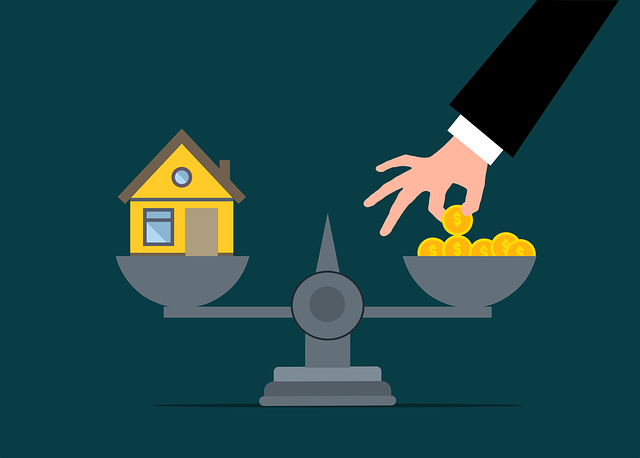
After a fire damages a property in California, insurance plays a pivotal role in the subsequent valuation process. Policyholders who intend to sell their fire-damaged properties should be aware that their insurer will assess the loss and determine the replacement or settlement value. This evaluation considers not just the physical structure but also its condition, location, market trends, and potential for renovation.
Insurance companies often send appraisers to inspect the property and provide a detailed report on the damage. This report is crucial as it influences the compensation offered to the policyholder. For owners looking to sell, understanding this process and collaborating with their insurers is essential. It helps ensure a fair settlement, enabling them to make informed decisions about rebuilding or selling, especially when considering the market demand for similar fire-damaged properties in California.
Strategies for Selling Your Fire-Damaged Property in CA
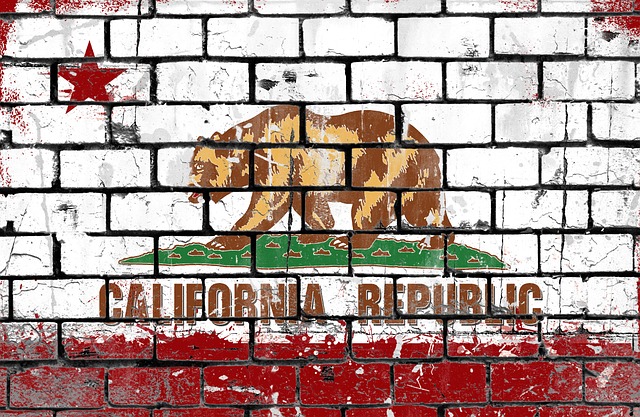
When considering to sell your fire-damaged property in California, the first step is to assess and document the damage thoroughly. This involves a professional inspection to identify the extent of the harm caused by the fire and subsequent water damage. Remember that accurate records of repairs needed are crucial for post-fire property valuation.
Next, strategize your approach carefully. Highlight the property’s potential for renovation and reconstruction in marketing materials. Many buyers appreciate the opportunity to envision their own transformations. Additionally, emphasize the location and neighborhood benefits, as these can outweigh the immediate visual impact of fire damage. Engage with experienced real estate agents who specialize in post-disaster sales to navigate the process effectively and secure a fair deal for your property.
Post-fire property valuation in California involves a nuanced understanding of both physical damage and emotional impact. By thoroughly assessing fire damage, leveraging insurance policies, and implementing strategic selling techniques, homeowners can navigate the complexities of selling fire-damaged properties in CA. Remember that, with the right approach, it’s possible to transform a challenging situation into a successful opportunity. When considering sell fire damaged property California, understanding these key aspects is essential for a swift and favorable outcome.


